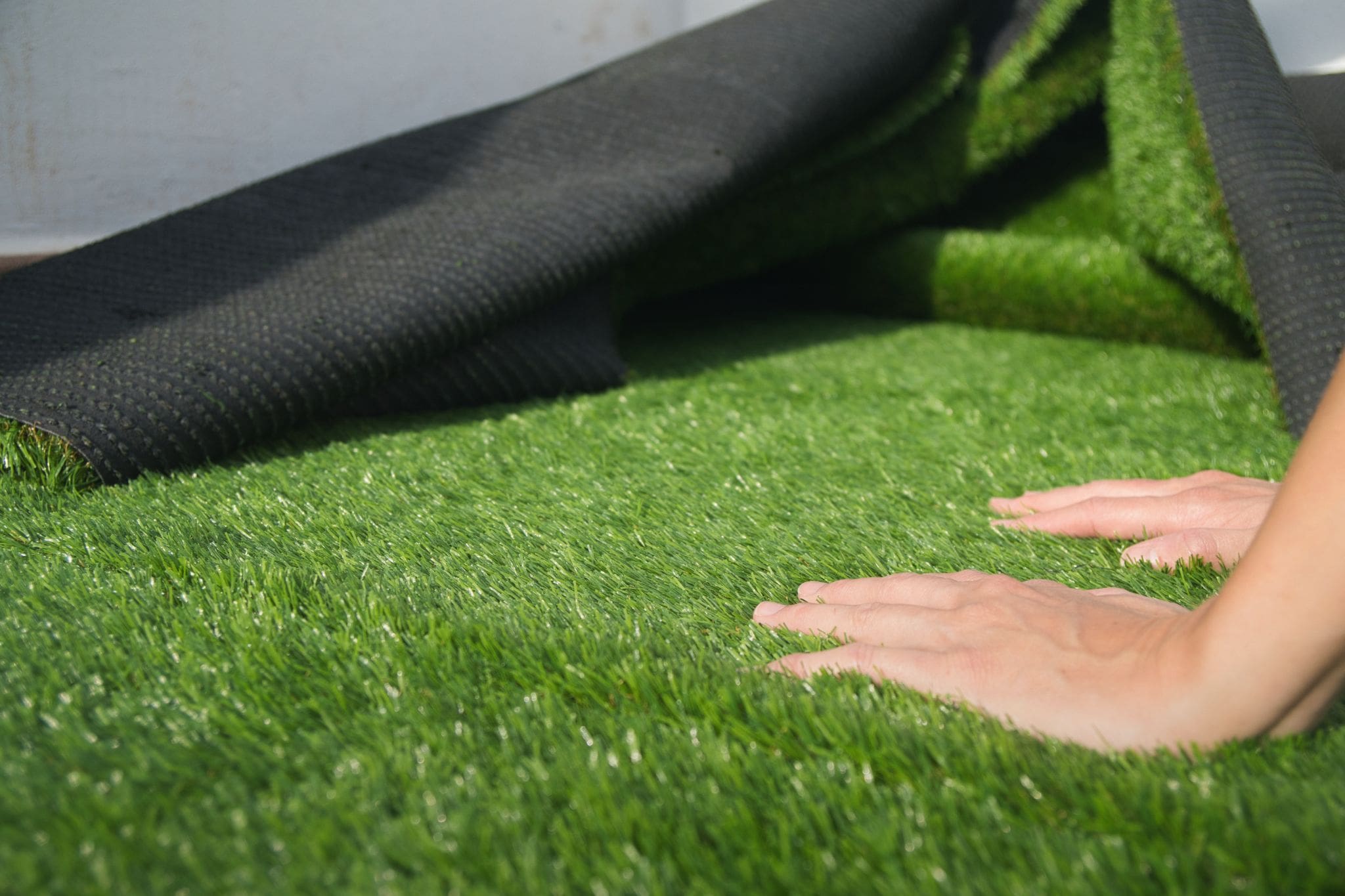When it comes to creating a safe, clean, and low-maintenance outdoor space for your furry companion, selecting the best artificial grass for dogs is a game-changer. However, not all synthetic lawns are created equal. Pet owners often make avoidable mistakes that lead to unnecessary frustration and additional costs. Let’s look at some alternative but equally important considerations to help you get it right the first time.
1. Overlooking Drainage Capabilities
One of the most critical features of dog friendly artificial turf is proper drainage. Dogs will do their business on the grass, and if your turf doesn’t drain quickly, you’re left with odor build-up and sanitation concerns. Always choose turf with an efficient drainage system that allows liquids to flow through easily.
Tip: Ask about perforated backing or “flow-through” technology when selecting your turf.
2. Ignoring Pile Height and Density
Many assume thicker or longer blades of grass mean better quality. While this might be true for aesthetic purposes, it’s not always ideal for pets. The best artificial grass for dogs typically features a moderate pile height (around 1 to 1.25 inches) and a density that allows easy cleaning and quick drying.
Why it matters: Shorter pile makes it easier to pick up solid waste and reduces the risk of matting.
3. Choosing the Wrong Infill
Some infills, like silica sand, can retain moisture and odors. Instead, look for pet-specific infills that help control bacteria and neutralize smells. Choosing the right infill will keep your fake grass dogs area smelling fresh and safe for daily use.
4. Not Considering Turf Backing
A double-layered or polyurethane backing adds durability and extends the life of your turf. It’s essential for withstanding repeated use from active pets. Choosing a flimsy backing can lead to tears and faster wear.
Customer Insight: A strong backing ensures your investment lasts longer, even with multiple dogs using the space daily.
5. Skipping Professional Installation
DIY installations are tempting, but improper base preparation or installation can result in drainage issues, wrinkles, or even turf movement. For the best artificial grass for dogs, consider hiring professionals experienced in pet turf installation, like the team at Synthetic Grass Global.
6. Forgetting to Check for Non-Toxic Materials
Always verify that the turf you’re purchasing is free from harmful chemicals. Since pets are in direct contact with the surface, opting for lead-free, toxin-free materials ensures their safety.
Look for: Certifications and product data sheets that confirm the turf’s safety standards.
Final Thoughts
Investing in the best artificial grass for dogs is about more than just aesthetics. It’s about providing a clean, durable, and pet-safe environment where your dog can thrive. Avoiding these common mistakes will save you time, money, and ensure your furry friend has a happy place to play.
Ready to transform your outdoor space with premium, dog friendly artificial turf? Reach out to Synthetic Grass Global and discover a stress-free path to a perfect pet lawn.
